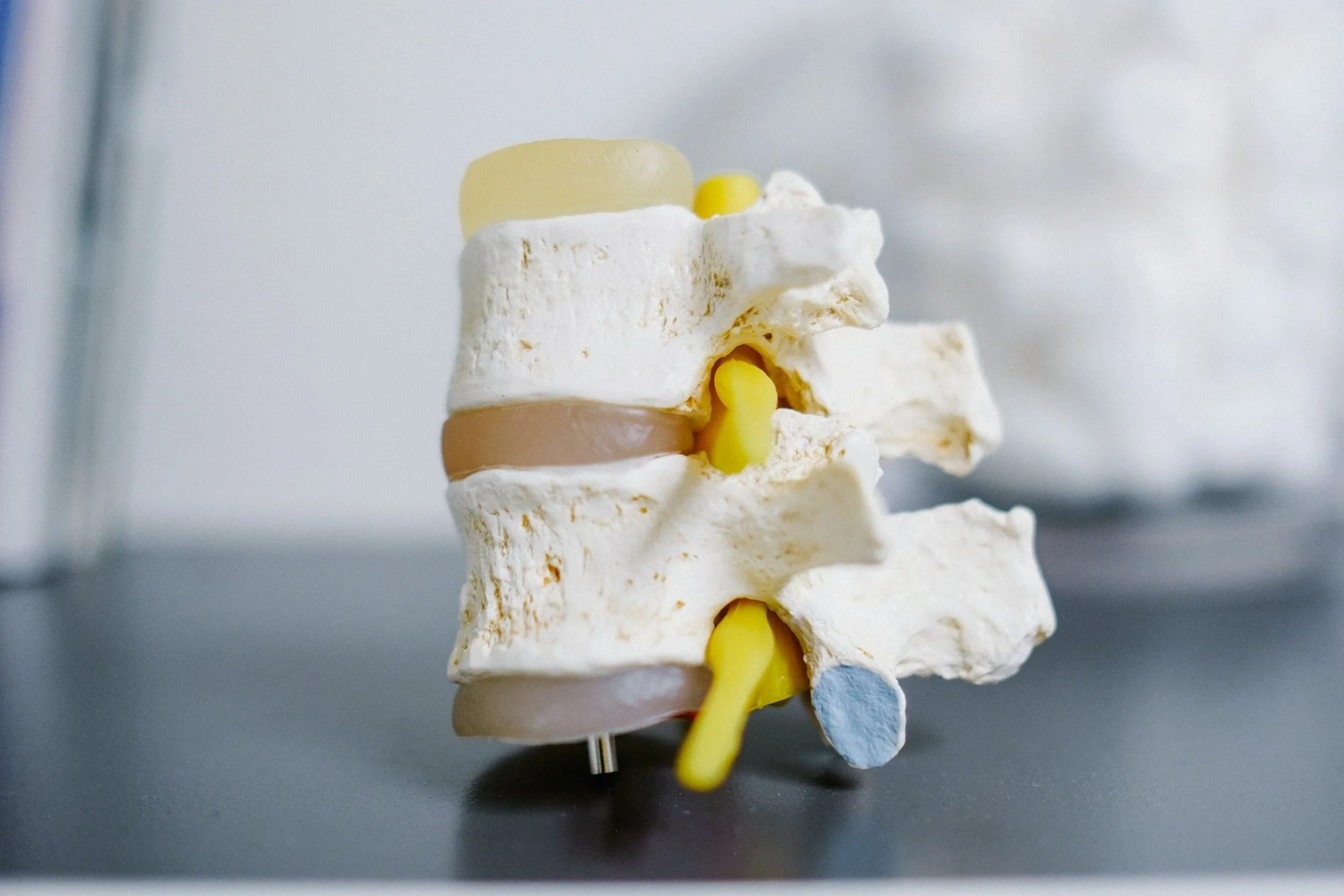
Flexion distraction
Flexion distraction at PRVNT Chiropractic
Flexion distraction therapy is a gentle, non-invasive technique performed on a specially designed chiropractic table that moves with your body. As your provider guides the motion of the table, your spine is carefully stretched and decompressed in a rhythmic, controlled manner. This motion helps reduce pressure on spinal discs, relieve nerve irritation, and ease pain in areas such as the lower back, neck, arms, and legs.
By combining manual adjustments with the natural movement of the table, flexion distraction enhances spinal mobility. It encourages the body’s natural healing response, making it especially effective for disc issues, sciatica, and spinal joint dysfunction.
How Does a Flexion Distraction Table Work?
The flexion distraction table is designed to move the spine through controlled, gentle, precise motions that promote flexibility, reduce pressure, and support spinal health. During treatment, the table is adjusted to match your body’s needs, allowing your chiropractor to guide your spine through a series of flexing and stretching movements.
As the table glides and bends, space is created between the vertebrae, helping to relieve pressure on spinal discs and surrounding nerves. This process encourages circulation, reduces inflammation, and helps restore motion to stiff or injured areas. Many patients report noticeable relief and improved mobility even after just one session.
Clinical Benefits of Flexion distraction
-
Helps decompress bulging or herniated discs, relieving irritation of spinal nerves.
-
Increases flexibility and restores proper movement to restricted spinal segments.
-
Decompresses the spine to reduce radiating pain in the legs, arms, and other affected areas.
-
Enhances circulation and reduces swelling in affected spinal tissues..
-
Gentle distraction helps draw nutrients and fluids back into degenerated or damaged discs.
-
Alleviates tightness in surrounding muscles by restoring proper alignment and movement.
-
Supports proper spinal structure, helping prevent future strain or injury.
-
Offers a safe, conservative alternative for patients managing disc issues, spinal stenosis, or chronic back pain.
-
Useful for post-surgical cases (when appropriate) or chronic conditions where active stretching is beneficial but limited.